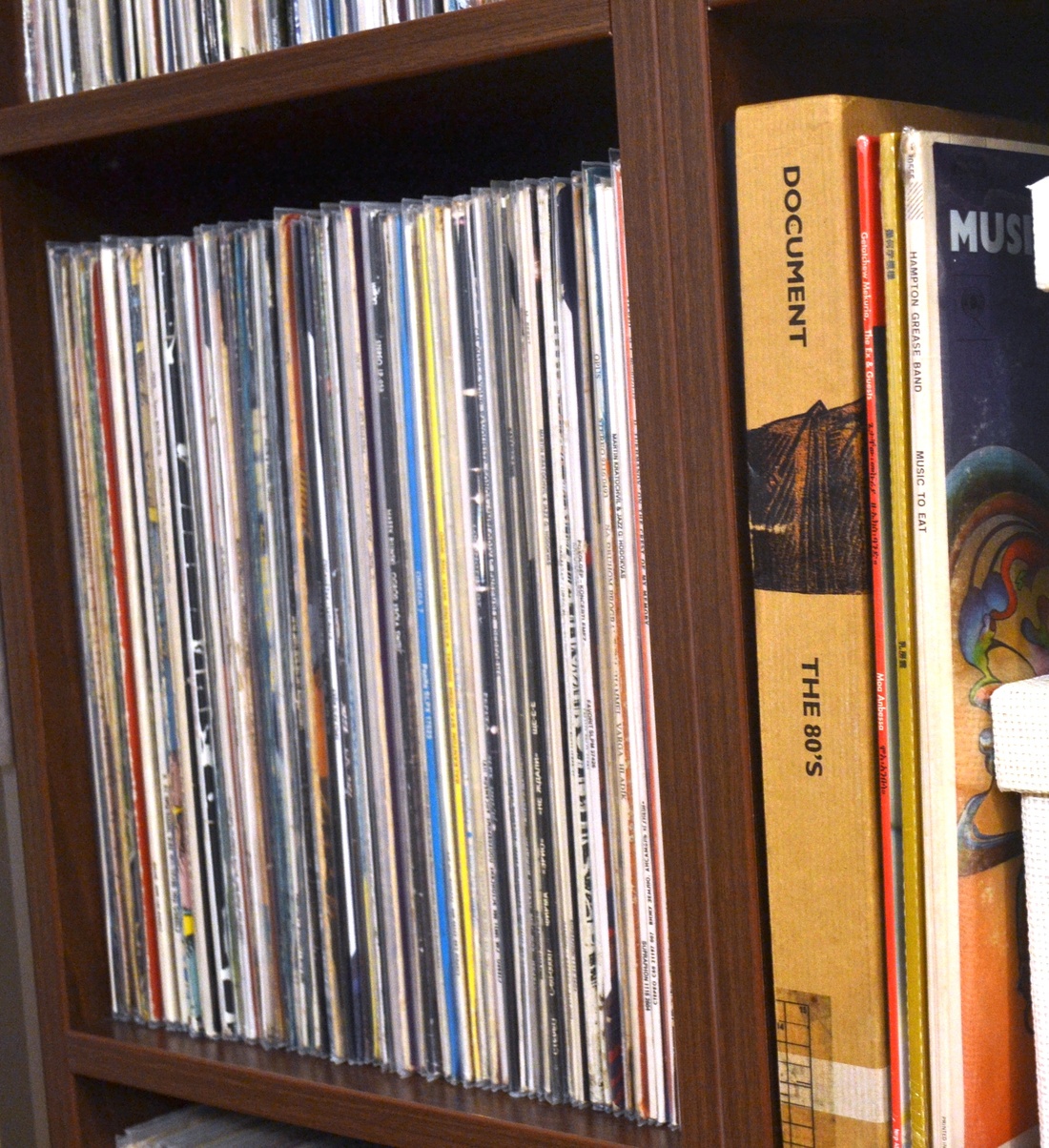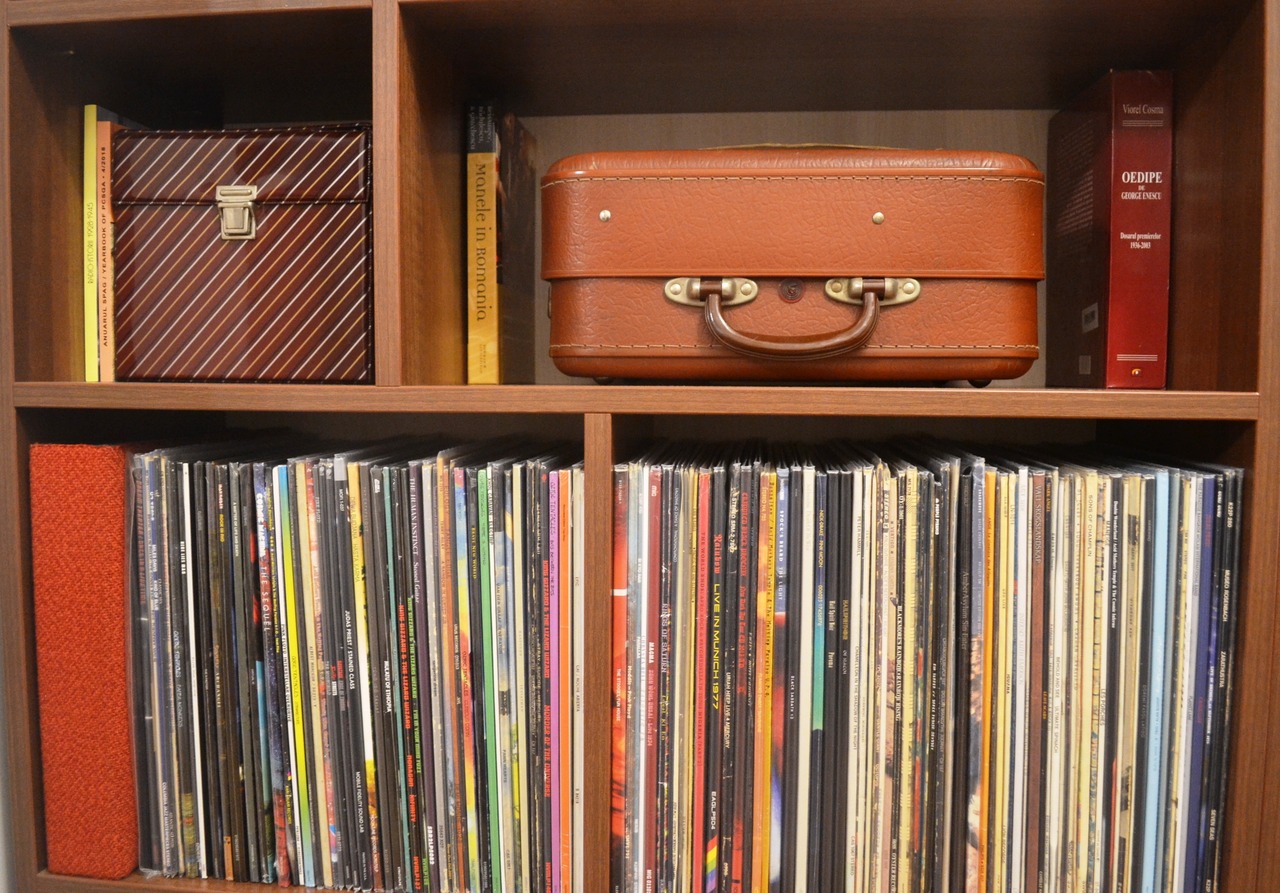
Photo: Claudiu Oancea
Music collecting would be, simply put, the act of gathering together music that was recorded and distributed in various formats, either physical (vinyl, CD, 8-track tape, cassette), or digital. It is one of the most common and widely encountered activities in everyday life and it goes beyond the notions of gender, age, social or professional category, and urban versus rural settlement. Music collectors are not defined or restrained by any of these categories, despite the fact that music collecting can be analyzed according to all the categories mentioned above, with interesting results for the history of this endeavour.
For most people, music collecting is a leisure activity, a preoccupation which is undertaken during one’s free time and which has the purpose of using that free time for one’s enjoyment. This aspect brings forth a question about the purpose of one’s professional activity: is there a connection between work and leisure for most people, other than that of leisure used as a time to relax and recharge one’s energy for the time of work? Most people would be content with this explanation alone.
Notwithstanding this, as Robert A. Stebbins points out in his book “
Amateurs, Professionals, and Serious Leisure” (1992), more and more people go to work nowadays in order to gain the necessary money to fulfill their leisure hobbies. Simply put, work has become more and more instrumental to maintaining one’s hobbies and passions. This indirect report would be only the introductory remark to the “serious” aspects of a leisure activity. The other point is that the activity of music collecting presupposes a series of acts which go beyond the mere features of “enjoyment” or “relaxation”. A collection requires the research for and gathering of information about the items which are collected, as this information is vital for the value of the collection, artistic or financial.
Any music collector will have their own places to go and look for music: flea markets, music stores, other music collectors, websites, etc. These places will become the cultural depositories for these researchers of music. As a collection grows and it encompasses more and more items, the collector will need to come up with a system of classification, with the purpose of putting those items in a certain order. Most collectors use the alphabetical system, which is the most convenient and the simplest method. Others, however, will also arrange their stacks of heavy vinyl records or their digital files according to genres and subgenres, or according to geographical origins of the music in their collection. Even though it is a very personal activity, music collecting can soon take on the responsibilities of an institutional cultural operation, with the same seriousness in approach as that provided by a university library. Thus, it comes as no surprise that the act of music collecting can feature all the aspects of a “serious leisure”, not only due to the importance attributed to it by its purveyors, but also because of the methodological approach which music collectors can develop over time.



